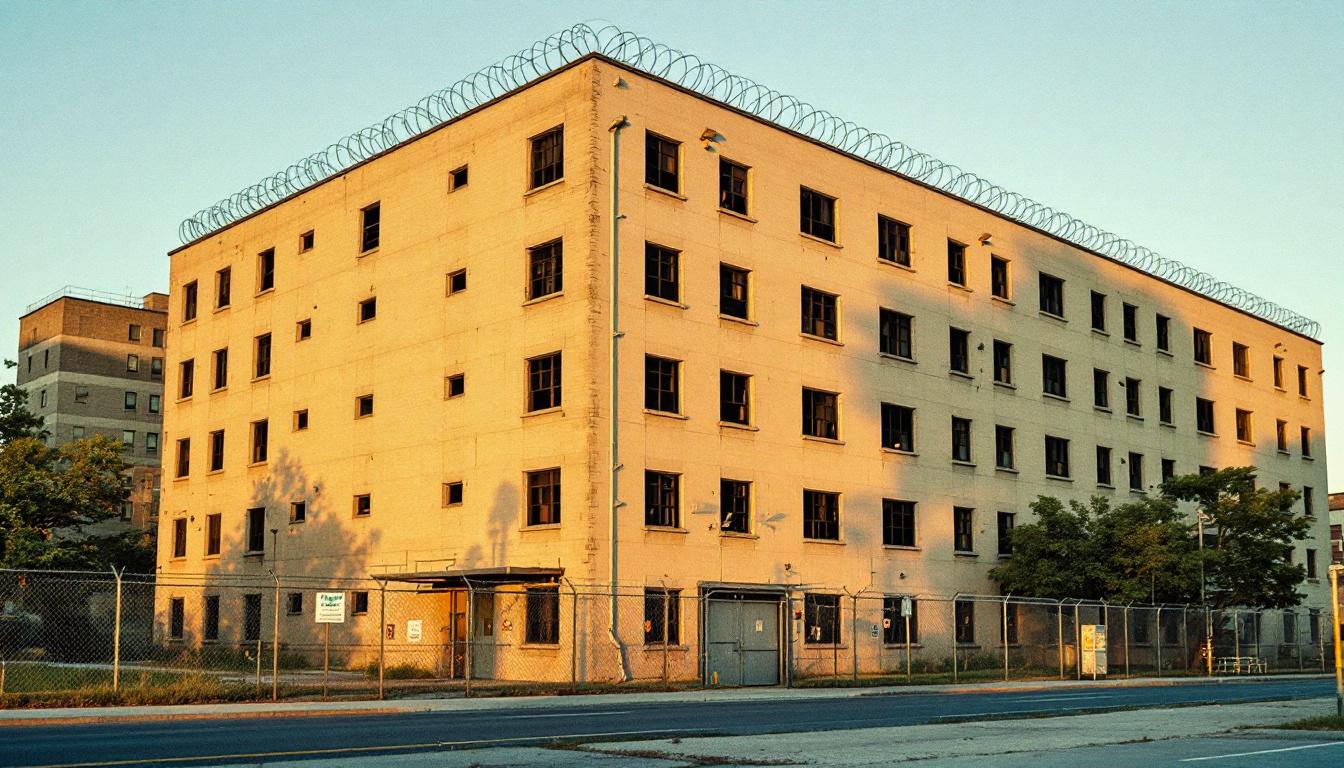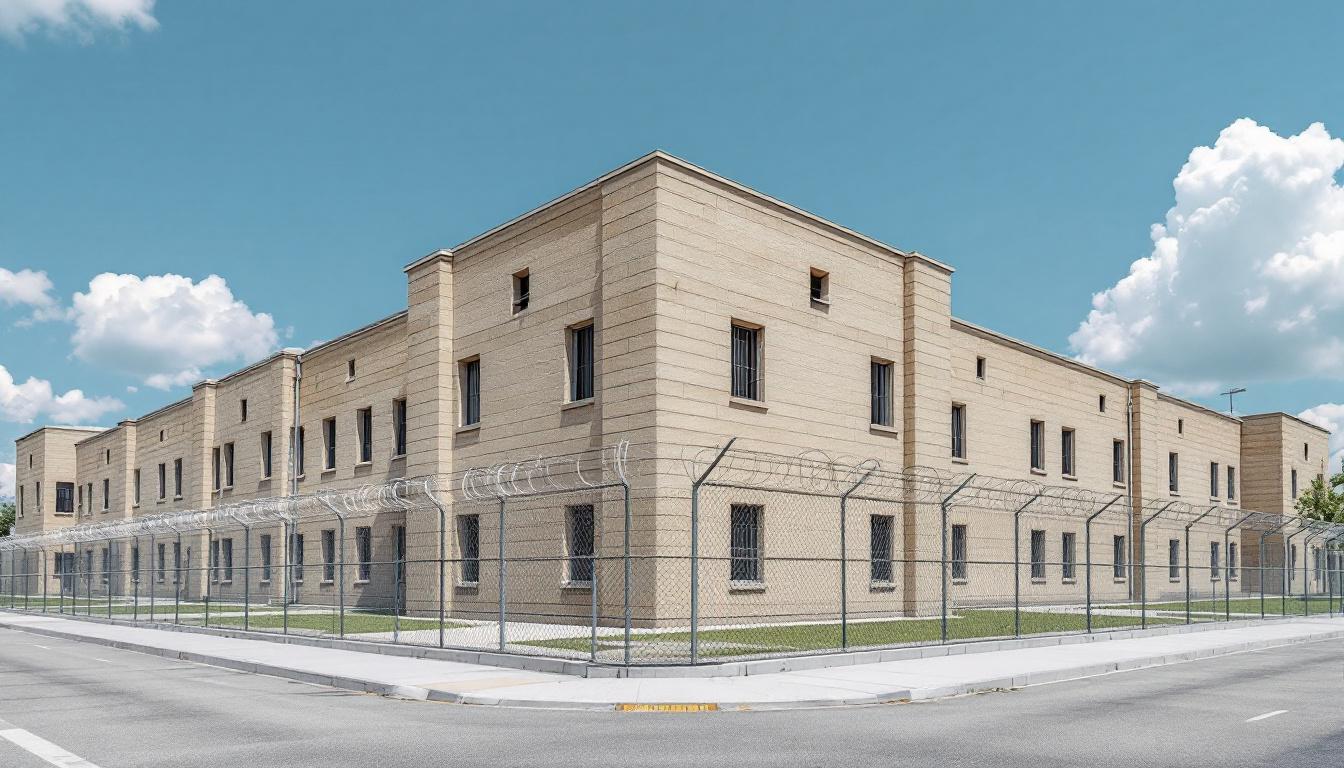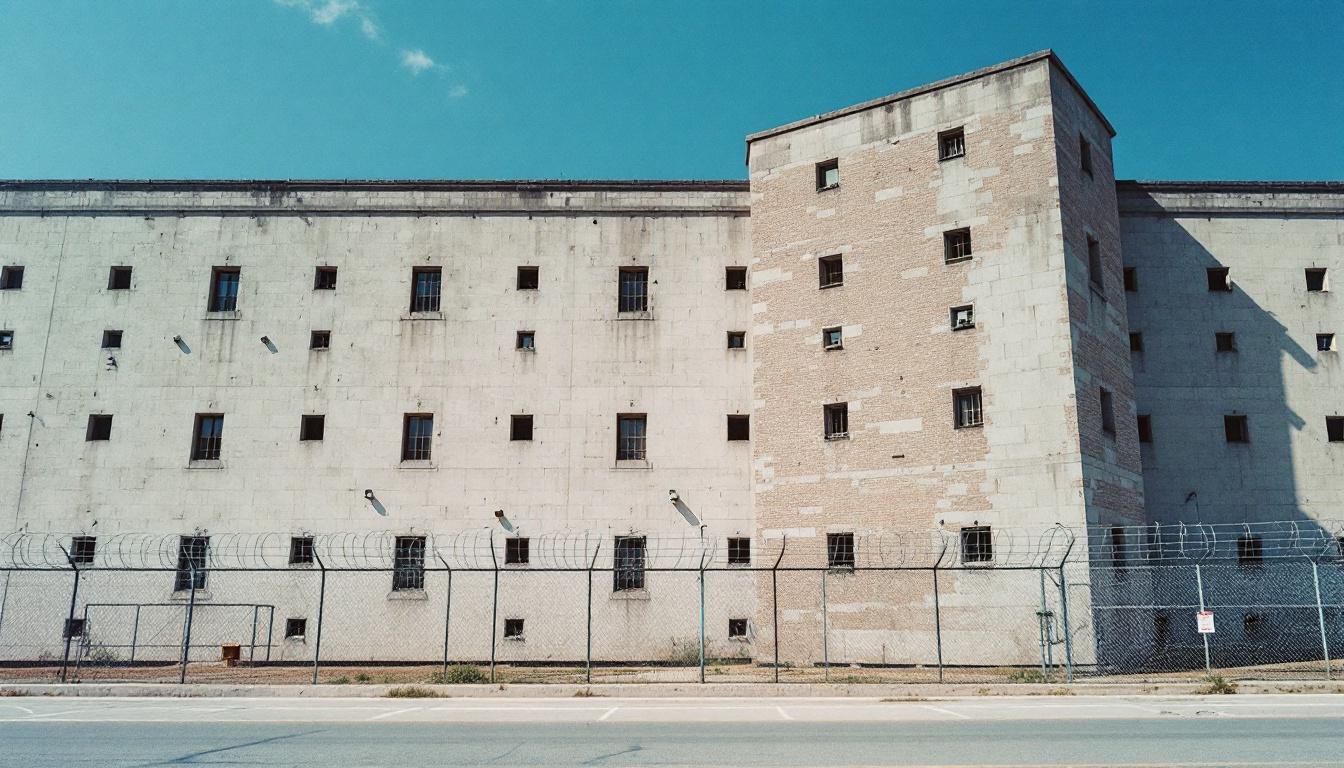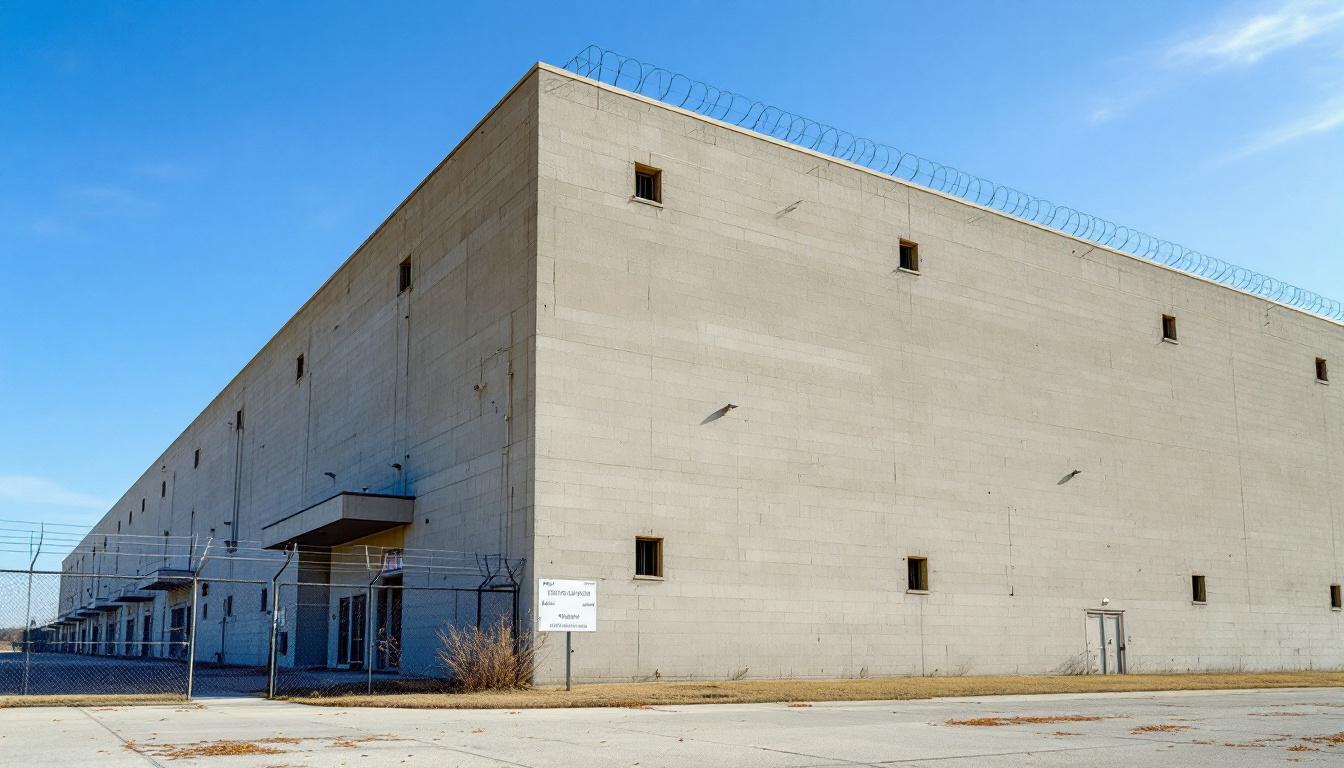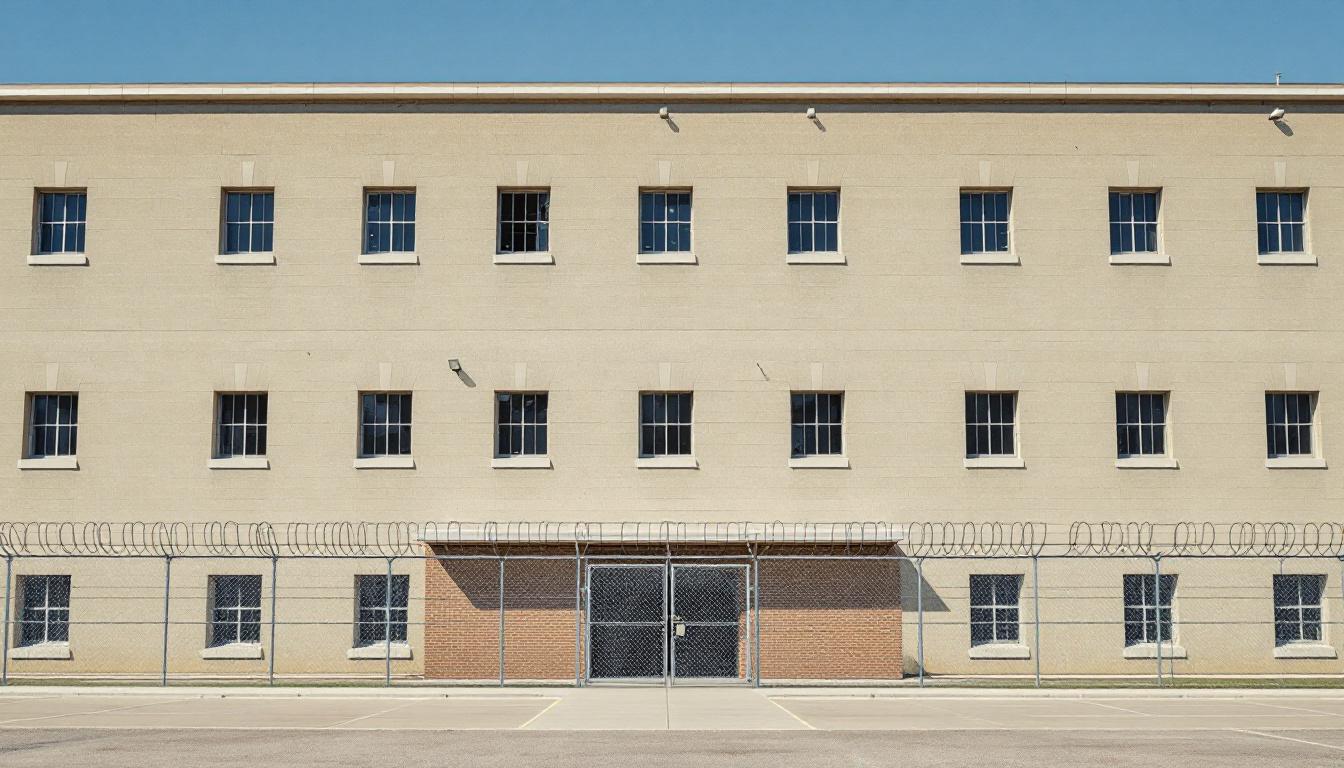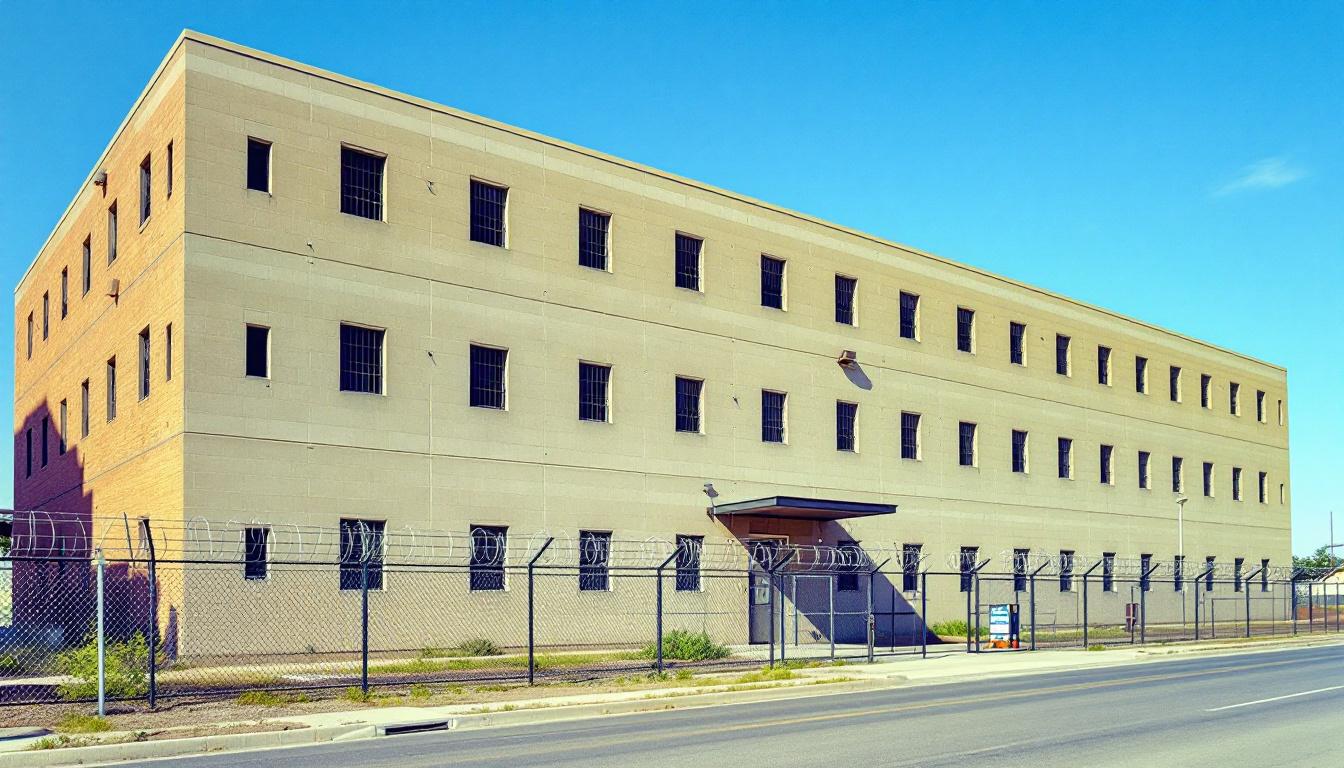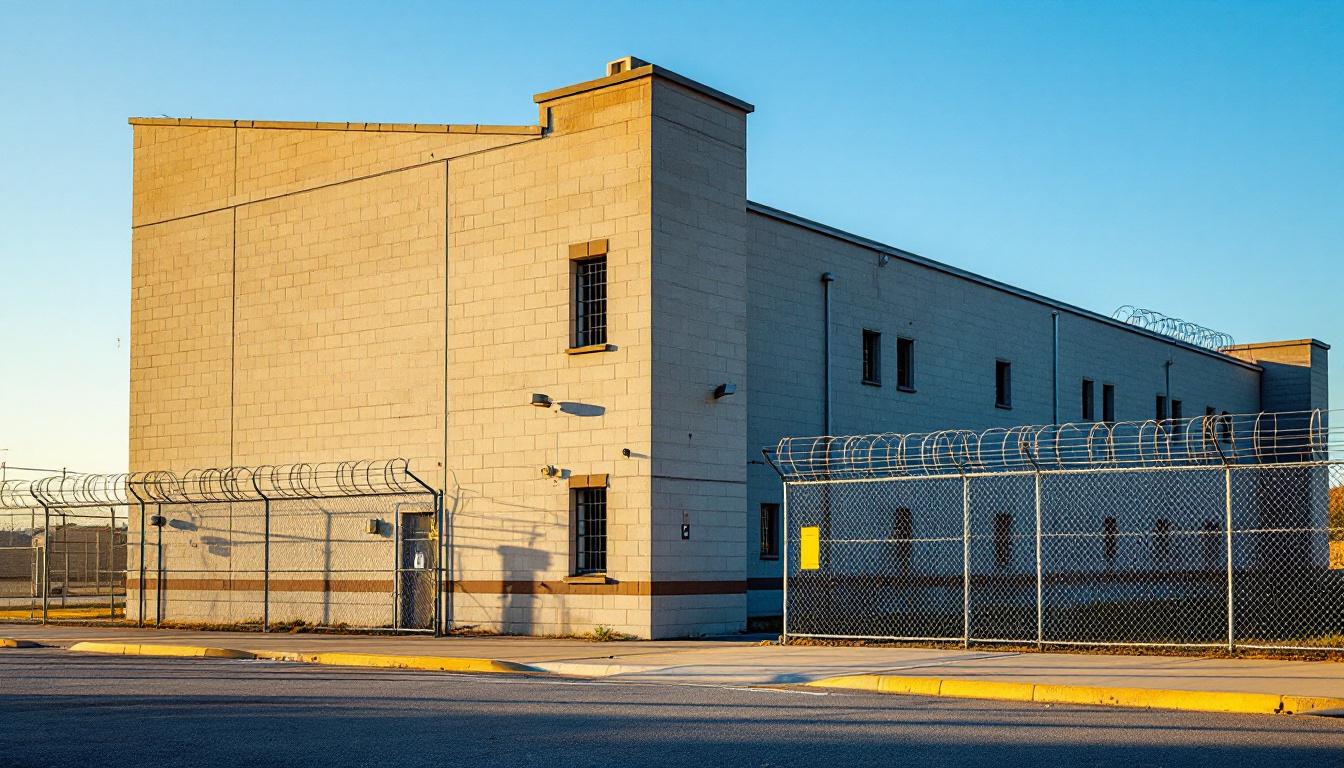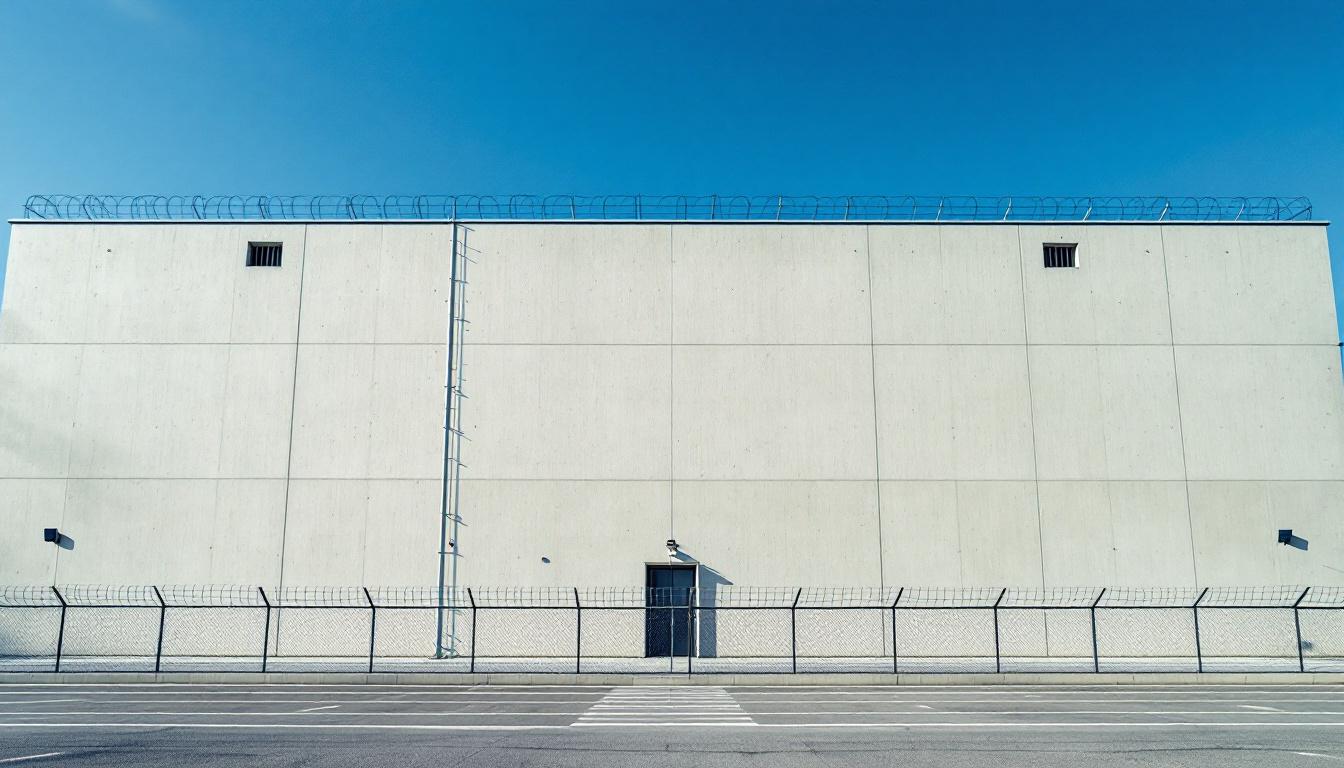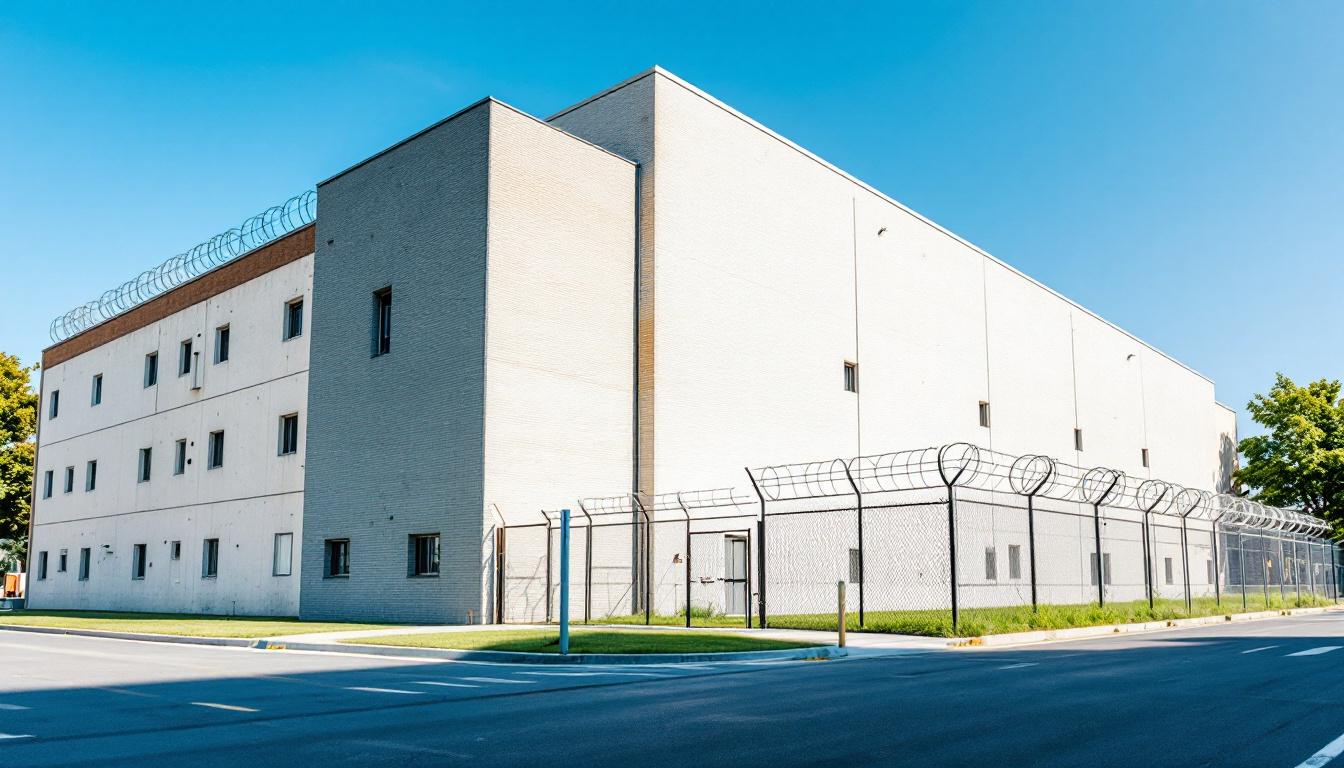
Quick Navigation
How to contact an inmate at Enid Community Corrections Center
This comprehensive guide will walk you through how to connect with an inmate at Enid Community Corrections Center. Follow the steps below to find an inmate and send letters and photos:
- Search for the inmate using our search tool below
- Create your account or log in to Penmate
- Write your message (up to 6,000 characters)
- Send instantly - inmates receive printed copies daily
Find an Inmate
Search for an inmate to start communicating today
Tip: You can search by first name, last name, or inmate ID number
To contact a person at Enid Community Corrections Center start by searching for the person on the official facility website. Perform a search by following these steps:
- Step 1: Enter their first name and last name into the search form and click "Search"
- Step 2: Locate their inmate record
- Step 3: Write down their Inmate ID and any housing information provided
Important! Be sure to enter the person's full name. Nicknames should not be used.
How to Send Messages to Inmates

You can use your phone or computer to send emails, letters, and photos to an inmate. Messages are sent electronically to inmate tablets or kiosks at the facility. If you would like to send a message, start by searching for an inmate at Enid Community Corrections Center.
Sending Photos and Postcards

A great way to send love and support to a loved one at Enid Community Corrections Center is to send photos and postcards. It only takes a few minutes to send photos from your phone and it makes a huge difference. You can also mail postcards with words of support and inspiration, or design your own postcard for special moments like birthdays and holidays.
Important! Be sure not to send any explicit photos or they may not be approved by the facility. You can also use a photo printing app like Penmate to make sure your photos are printed at the correct size (4x6 or 3x5) and are mailed according to the rules and regulations of Enid Community Corrections Center.
Frequently asked questions about Enid Community Corrections Center
-
How long does it take to deliver a message?
If you're sending an email message your letter is usually delivered within 24-48 hours. For messages sent via mail you should expect delivery within 3-7 days. All messages will need be approved by Enid Community Corrections Center.
-
How much does it cost to send a message to Enid Community Corrections Center?
You can send a message free using your phone or mail a message via USPS for the price of a $0.60 stamp and envelope. You can also purchase credits or e-stamps from services starting at $1.99.
-
What services can I use to contact an inmate at Enid Community Corrections Center?
Penmate
You can use Penmate to send letters and photos to an inmate from your phone. It's an easy way to stay in touch during your loved one's incarceration. Use the inmate locator to find an inmate's location and contact information, then you can send messages within a few minutes.
Securus messaging
Securus may be another option for communicating with an inmate at Enid Community Corrections Center. You can create a friends and family account and purchase credits to send messages. All messages will be reviewed and must be approved by the facility.
JPay
Some county jails and state prisons may support sending messages with JPay. You must register an account with the system, find your loved one, and purchase stamps to send messages. For some locations you can also attach photos.
Smart Jail Mail
You may also check if Smart Jail Mail is available at Enid Community Corrections Center. Smart Jail Mail is operated by Smart Communications and has contracted with some state and county jails. After purchasing credits, your messages and photos are sent to the facility, printed out, and then handed out to your loved one.
-
What is the mailing address of Enid Community Corrections Center?
Mailing address:
Enid Community Corrections Center
2020 E Maine Ave
Enid, OK 73701
Phone: (580) 977-3800 -
What are the visiting hours at Enid Community Corrections Center?
Visiting hours at Enid Community Corrections Center vary by housing unit and security level. Generally, visits are scheduled on weekends and holidays, with some facilities offering weekday visits. Contact the facility directly at (580) 977-3800 or check their website for the current visiting schedule. Visits typically last 30-60 minutes and must be scheduled in advance.
-
What items are prohibited when sending mail to Enid Community Corrections Center?
Prohibited items typically include: cash, personal checks, stamps, stickers, glitter, glue, tape, staples, paperclips, polaroid photos, musical or blank greeting cards, hardcover books, magazines with staples, and any items containing metal or electronics. Only send letters on plain white paper with blue or black ink. Photos must be printed on regular photo paper (no Polaroids). Always check with Enid Community Corrections Center for their specific mail policies.
-
How do I send money to an inmate at Enid Community Corrections Center?
You can send money to an inmate at Enid Community Corrections Center through several methods: 1) Online using JPay, Access Corrections, or the facility's approved vendor, 2) Money orders mailed directly to the facility with the inmate's name and ID number, 3) Kiosks located in the facility lobby, or 4) Over the phone using a credit or debit card. Fees vary by method, typically ranging from $2.95 to $11.95 per transaction.
-
Can I schedule a video visit with an inmate at Enid Community Corrections Center?
Many facilities now offer video visitation as an alternative to in-person visits. At Enid Community Corrections Center, video visits may be available through services like Penmate, Securus Video Connect, GTL, or ICSolutions. Video visits typically cost $10-20 for 20-30 minutes and must be scheduled in advance. You'll need a computer or smartphone with a camera and reliable internet connection. Contact the facility for their specific video visitation policies and approved vendors.
-
What identification do I need to visit an inmate at Enid Community Corrections Center?
All visitors must present valid government-issued photo identification such as a driver's license, state ID, passport, or military ID. Minors must be accompanied by a parent or legal guardian who can provide the minor's birth certificate. Some facilities require visitors to be on the inmate's approved visitation list, which may require a background check. Contact Enid Community Corrections Center for specific ID requirements and visitor approval procedures.
-
How can I find out an inmate's release date?
To find an inmate's release date at Enid Community Corrections Center, you can: 1) Use the online inmate search tool if available, 2) Call the facility's records department, 3) Contact the inmate's case manager or counselor, or 4) Have the inmate provide this information during a call or visit. For privacy reasons, some facilities only release this information to immediate family members.
Facility Overview
Contact Information
Enid Community Corrections Center2020 E Maine Ave
Enid, OK 73701
Phone: (580) 977-3800
Official Website
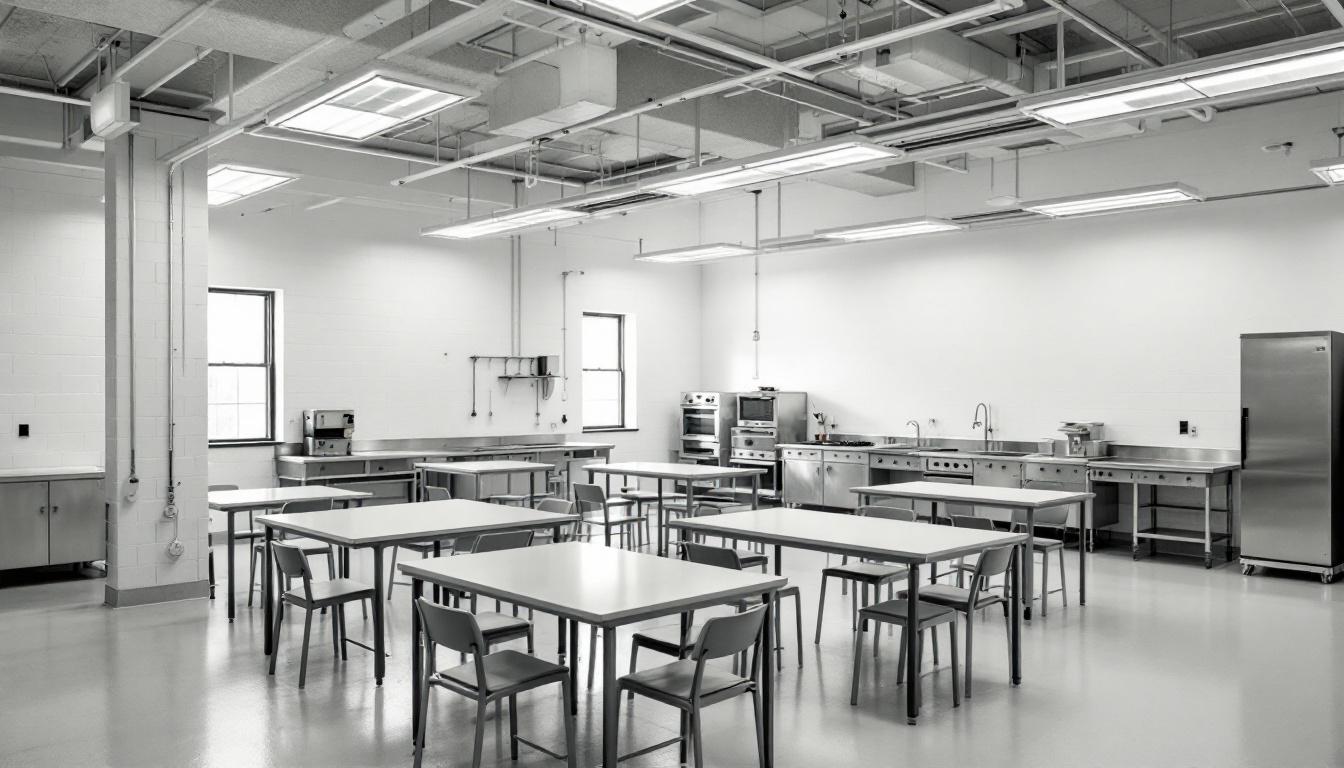
About Enid Community Corrections Center
Educational programming, vocational training, and community reintegration services form the operational foundation at Enid Community Correctional Center, where systematic approaches to rehabilitation connect incarcerated individuals with pathways toward successful community reentry. Through collaborative partnerships with local organizations and service providers throughout the Enid area, this OK correctional facility typically emphasizes skill development and personal growth opportunities that align with regional employment needs and community resources.
The facility’s process-oriented methodology generally incorporates educational advancement programs, substance abuse counseling, and work-readiness training designed to address the diverse needs of individuals within the correctional system. Staff members typically coordinate with community partners to provide comprehensive support services that may include mental health resources, job placement assistance, and transitional housing guidance. These collaborative efforts often extend beyond the facility’s walls, creating networks of support that help individuals navigate the complexities of reintegration into Enid and surrounding Oklahoma communities.
Located within Oklahoma’s broader correctional framework, Enid Community Correctional Center serves as a transitional bridge between incarceration and community living, where structured programming and community partnerships work together to support positive outcomes. The facility’s approach typically emphasizes accountability, personal responsibility, and practical skill acquisition, while maintaining connections to local employers, educational institutions, and social service organizations that may provide ongoing support throughout the reentry process.
Programs & Services
The multifaceted approach to individual development at Enid Community Correctional Center encompasses a diverse spectrum of opportunities designed to address the varied needs and aspirations of participants. This comprehensive framework recognizes that meaningful transformation requires more than singular interventions, instead fostering an environment where educational advancement, practical skill development, and personal growth converge to create pathways toward successful community reintegration. The facility’s programming philosophy emphasizes the interconnected nature of learning, whereby individuals may engage simultaneously across multiple domains to build both tangible competencies and the foundational mindset necessary for sustained positive change.
Educational opportunities typically form the cornerstone of the facility’s academic offerings, providing individuals with the chance to pursue foundational learning or advance their existing knowledge base. These education programs often include literacy development, high school equivalency preparation, and various academic coursework designed to strengthen critical thinking and analytical skills. Furthermore, vocational training opportunities complement the educational framework by offering hands-on instruction in trades and technical skills that align with regional employment demands. Such training may encompass construction trades, food service preparation, and other industry-relevant specializations that provide individuals with marketable skills upon release.
The facility’s support services extend beyond traditional academic and vocational boundaries to address the holistic needs of participants through specialized programming. Faith-based programs typically offer spiritual guidance and community connection for those seeking to incorporate religious principles into their personal development journey. Additionally, individuals may access opportunities in barbering and cosmetology, which not dedicated provide practical skills but also foster creativity and personal expression. Decision-making skills development rounds out these offerings, equipping participants with the cognitive tools necessary to navigate complex situations and make constructive choices that support their long-term success in the community.
Daily Life & Visitation
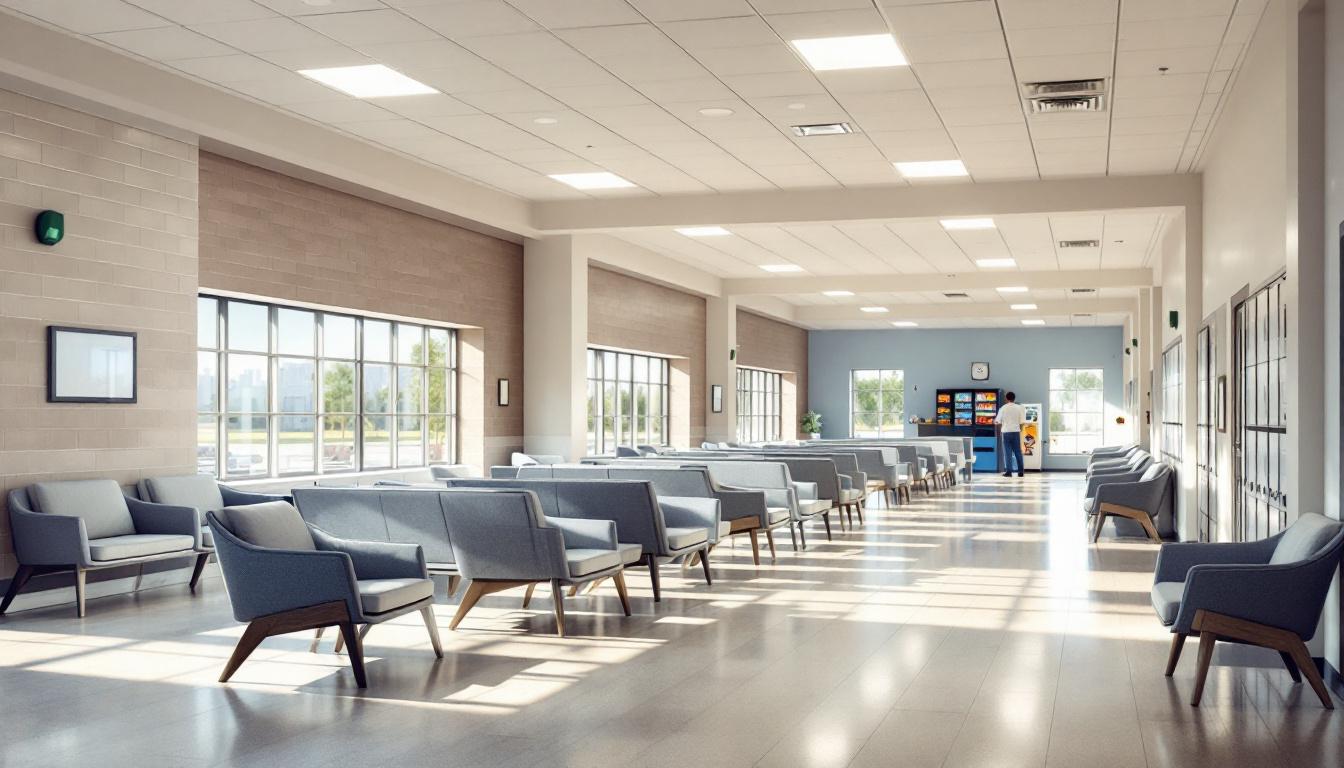
The sound of morning announcements echoes through housing units as individuals begin another structured day, where personal responsibility and community living intersect within the facility’s framework. Daily routines now revolve around scheduled count times, meal periods, and program participation, with individuals regularly moving between different areas of the facility according to established protocols. The structured environment typically includes work assignments that may range from kitchen duties and maintenance tasks to clerical support, offering individuals opportunities to develop skills while contributing to facility operations.
Living accommodations generally consist of shared rooms or dormitory-style housing units, where individuals maintain personal living spaces within the community correctional environment. Furthermore, meals are typically served in communal dining areas at designated times, with menus that aim to provide balanced nutrition while accommodating various dietary needs and restrictions. Personal property allowances usually include basic clothing items, hygiene products, and limited personal effects, while commissary services offer additional items that individuals can purchase to supplement their daily needs.
Although the facility maintains security protocols appropriate for a community correctional setting, programming schedules often include educational opportunities, substance abuse treatment, vocational training, and recreational activities that offer structure and personal development. Visitation policies typically allow for regular contact with family members and approved visitors, while communication options may include monitored phone calls and correspondence to help individuals maintain important relationships. These programs and services generally work together to create an environment focused on rehabilitation and eventual community reintegration, balancing accountability with opportunities for positive change.
Ready to Connect?
Start communicating with your loved one today
Search for an Inmate
